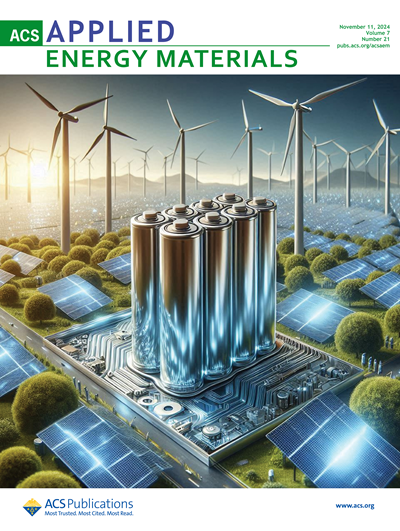应用多波长紫外线-LED/氯工艺提高钢铁行业回用水处理的反渗透膜性能
IF 5.4
3区 材料科学
Q2 CHEMISTRY, PHYSICAL
引用次数: 0
摘要
膜污垢是影响反渗透(RO)在回用水处理中稳定高效运行的一个突出问题。本研究采用零排放反渗透系统,利用多波长紫外-LED/氯联合工艺处理某钢铁厂的超滤渗透水,重点关注有机物结构改性和膜污垢控制。结果表明,紫外-LED/氯处理不仅能有效去除反渗透进水中的溶解性有机碳和总氮,还能将有机物从大分子变成小分子。此外,与波长为 255 nm 的短波长(流量为 152 LMH)相比,波长为 295 nm 的长波长紫外-LED/氯工艺的反渗透通量更大,达到 158 LMH。此外,与单波长相比,双波长紫外-LED/氯工艺在反渗透过滤性能方面发挥了更重要的作用,它使污物结构更松散、更稀薄,从而使 275 + 295 nm 波长下的渗透通量和回收率比 295 nm 波长下高 8%。这项研究表明,紫外线-LED/氯气联合工艺可有效缓解反渗透膜污垢问题。我们的研究结果可为钢铁行业膜法回用水处理的可持续发展提供理论和技术支持。本文章由计算机程序翻译,如有差异,请以英文原文为准。
Application of the multi-wavelength UV-LED/chlorine process to improve reverse osmosis membrane performance for reused water treatment in the steel industry
Membrane fouling is a prominent issue that affects the stable and efficient operation of reverse osmosis (RO) in reused water treatment. In this study, a zero-discharge RO system was adopted to treat the ultrafiltration permeate from a steel plant with the combined multi-wavelength UV-LED/chlorine process, focusing on organic structure modification and membrane fouling control. The results showed that the UV-LED/chlorine process could not only efficiently remove the dissolved organic carbon and the total nitrogen of the RO influent but also alter the organic substances from large molecules to small ones. In addition, the longer wavelength of a 295 nm UV-LED/chlorine process exhibited a greater RO permeate flux of 158 LMH, as compared to the shorter wavelength of 255 nm with the flux of 152 LMH. Moreover, compared to the single-wavelength, the dual-wavelength UV-LED/chlorine process played a more significant role in RO filtration performance, which induced a looser and thinner foulant structure, resulting in an 8% larger permeate flux and recovery at 275 + 295 nm than at 295 nm. This study demonstrated that the combined UV-LED/chlorine process could effectively alleviate RO membrane fouling. Our findings can provide theoretical and technical support for the sustainable development of membrane-based reused water treatment in the steel industry.
求助全文
通过发布文献求助,成功后即可免费获取论文全文。
去求助
来源期刊

ACS Applied Energy Materials
Materials Science-Materials Chemistry
CiteScore
10.30
自引率
6.20%
发文量
1368
期刊介绍:
ACS Applied Energy Materials is an interdisciplinary journal publishing original research covering all aspects of materials, engineering, chemistry, physics and biology relevant to energy conversion and storage. The journal is devoted to reports of new and original experimental and theoretical research of an applied nature that integrate knowledge in the areas of materials, engineering, physics, bioscience, and chemistry into important energy applications.
 求助内容:
求助内容: 应助结果提醒方式:
应助结果提醒方式:


